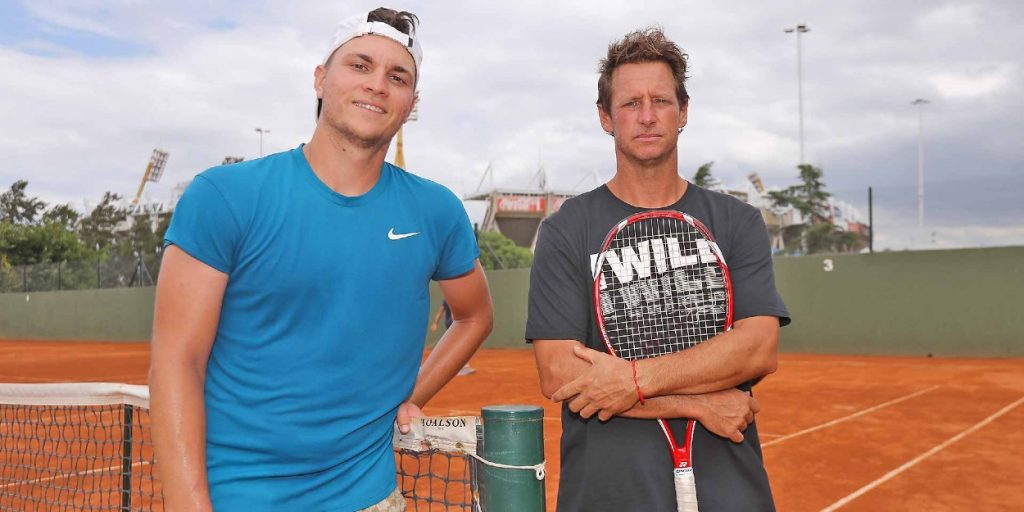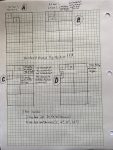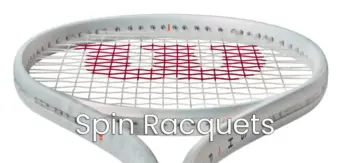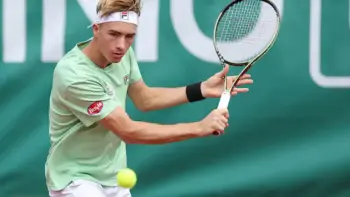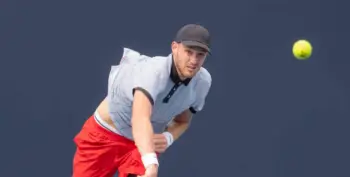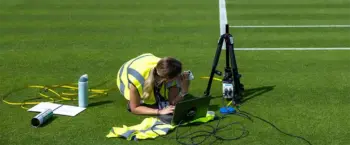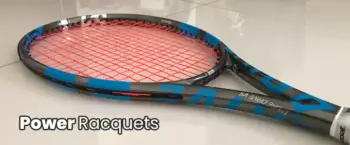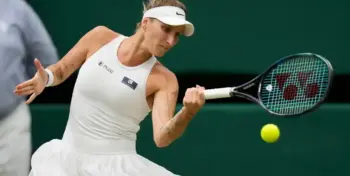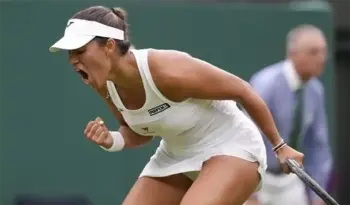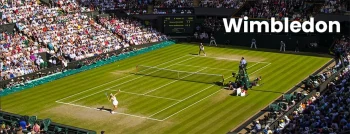Guest contributor Colan Surratt is back with an important piece about coaching simply but effectively. Simplicity usually wins the game!
Coaching Simply but Effectively by Colan Surratt
As a young tennis coach, I pushed myself to understand tactics, technique, string, racquets, shoes, and anything else tennis. Logically – or so I thought – that would make me a great coach. Boy, was I wrong! My students would come to each lesson more confused than the last. I’d inundated them with information I could barely parse apart. Who was I to expect them to make sense of it? I quickly realized that even though I might have known a few things about tennis, I knew next to nothing about coaching.
I set out to simplify my teaching. “What are the necessary parts to every shot?” I asked myself. “Well, on the serve, it’s the toss, and the contact, and pronation, and the landing, and you’ve gotta keep it loose…” I was back to square one. I went and hit with a good friend. Frustrated, I kept hitting the ball late and off of my back foot…and started coaching myself: “step in and hit the ball in front. Step in, ball in front. Step in, ball in front.” I was hitting the ball so clean! That’s when I realized that I keep the instructions very simple when I coach myself. I can’t focus on 17 things at once, and I vowed to keep from expecting my students to do the same.
Seven years later, I still look back on that practice with my friend. I’ll get a new student, and the first concepts we cover and contact point and balance. I don’t really care if you swing like Rafa or DelPo as long as you contact the ball in front and on balance. If you can do that, you’ll control where the ball goes. Yes, there are different technical elements to consider: for example, if you want more height and spin on the ball you should drop the racquet head more before coming up to contact. That’s true, but you’re not hitting every shot that way. Plus, if you can’t contact the ball at the right spot with balance you’ll fail to get any stick behind the shot or even control it. Now, I’ll teach everything with the same progression—contact comes first—the serve, the volley, returns, drop shots, you name it. Balance is second – have a wide base, step in when you can, and use your legs. Next, we learn how to move. Then, we can add things like height, spin, different finishes, etc. But really, all of that comes with practice and experimentation. I primarily need to motivate my clients to put more work in after understanding the basics.
Hit it like Federer, or not!
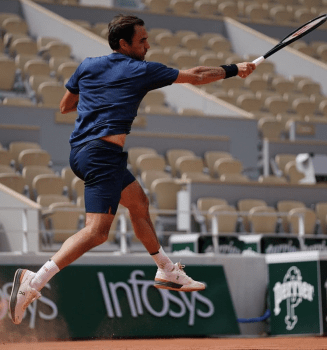
I frankly don’t care if you can hit just like Federer with a “windshield wiper” forehand if you can’t hit the ball in front and make it go where you want. The thing Roger is best at is getting the ball in the same strike zone again, again, and again. All of the “roll of the wrist” talk or discussion about where the optimal finish for topspin is doesn’t matter – it does, but it will change based on the ball you’re trying to hit – until you can hit a target. It’s already a challenging game, so why make it harder?
As complicated as the average country club coach likes to make tennis, the sport is hard enough as it is. Let’s just keep it simple: hit the ball in front, step into it, and hit it in the lines more than the other guy or gal. Find a coach who gives you easy-to-understand concepts and builds things slowly in a stepwise fashion. Then, go out and work hard in practice. Your tennis will thank you for it!
